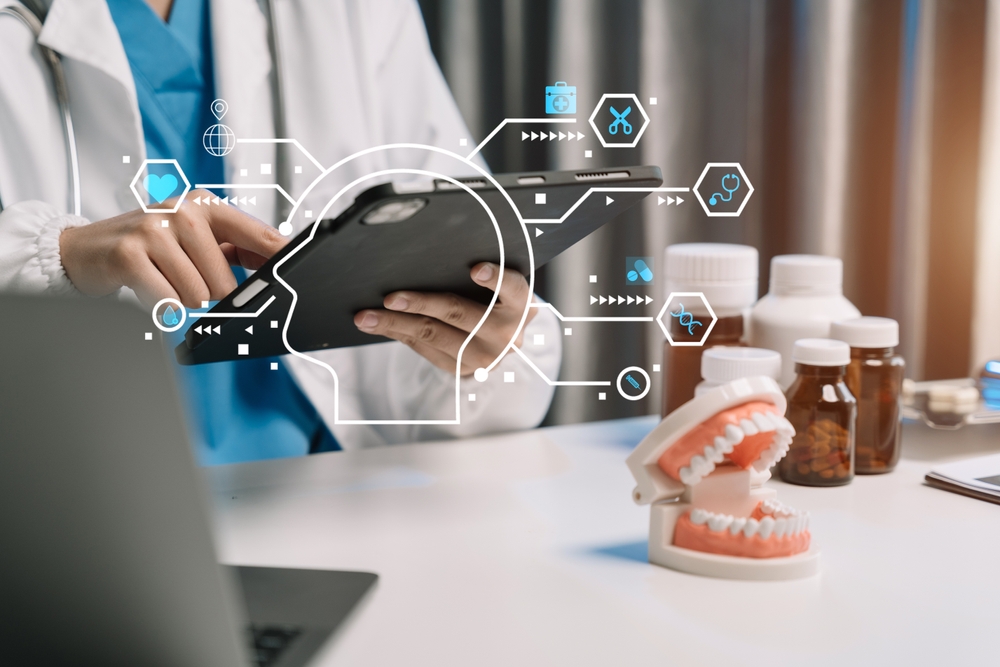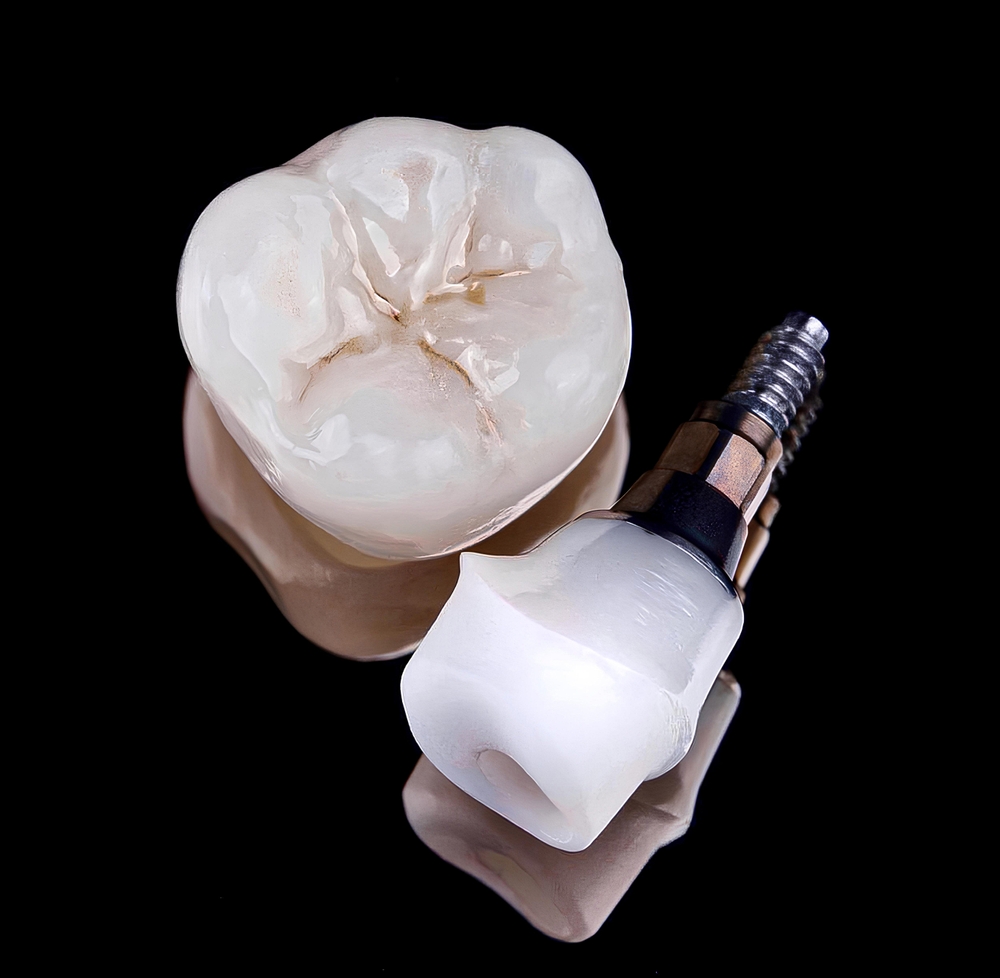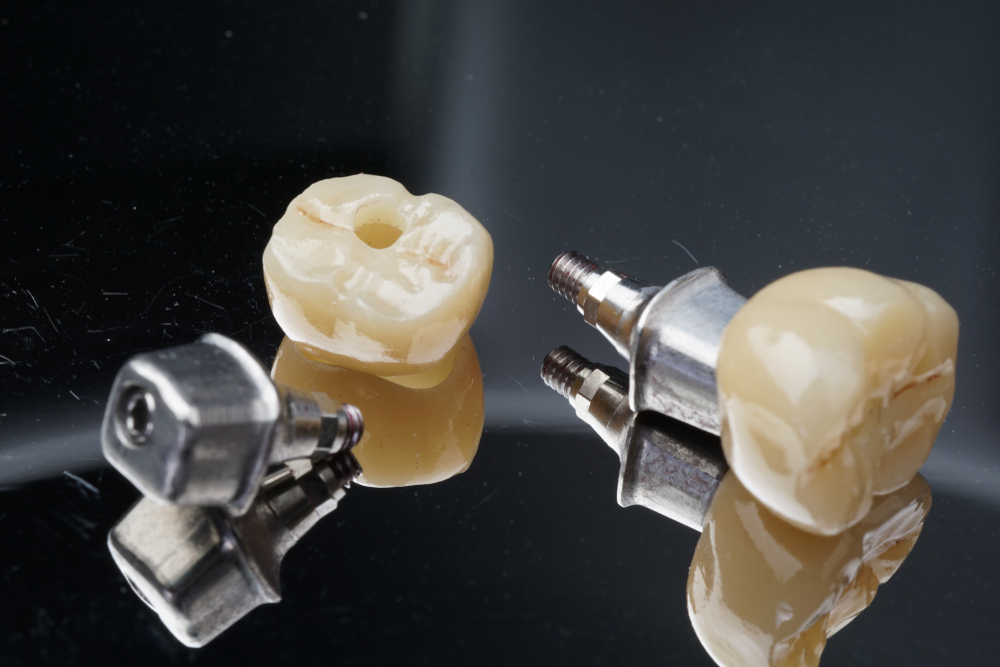In the dynamic world of dentistry, effective communication plays a pivotal role in ensuring successful patient care and treatment outcomes. Dental labs and dentists share a symbiotic relationship, working hand in hand to provide quality dental restorations and prosthetics. This article delves into the significance of open and clear communication between dental labs and dentists and explores how it positively impacts patient care.
Understanding the Roles of Dental Labs and Dentists:
Dental labs are specialized facilities equipped with advanced technology and skilled technicians who fabricate dental prosthetics and restorations based on dentists’ prescriptions. Dentists, on the other hand, diagnose oral health issues, develop treatment plans, and prescribe dental restorations to meet patients’ needs. Both professionals rely on each other’s expertise and collaborate closely to deliver exceptional dental care.
Benefits of Effective Communication Between Dental Labs and Dentists:
Enhanced Treatment Planning:
By fostering effective communication, dentists can convey their patients’ needs and preferences to dental labs accurately. This clear understanding allows dental technicians to create customized dental prosthetics that align with the desired outcomes, ensuring patient satisfaction.
Streamlined Workflow and Time Management:
Efficient communication between dental labs and dentists ensures seamless coordination throughout the treatment process. Timely sharing of information, such as digital impressions and case details, helps streamline workflow, minimize delays, and optimize time management. This, in turn, enables dentists to deliver dental restorations promptly, enhancing overall patient experience.
Quality Assurance and Patient Satisfaction:
Collaborative communication ensures that dental labs and dentists maintain high-quality standards in their work. By exchanging vital information and discussing case specifics, they can achieve precise and aesthetically pleasing dental restorations. Consequently, patients receive outcomes that meet or exceed their expectations, resulting in enhanced satisfaction and trust.
Key Communication Channels and Strategies:
Face-to-Face Communication:
Regular meetings and consultations between dental labs and dentists are essential for effective collaboration. These interactions provide opportunities to discuss treatment plans, exchange feedback, address concerns, and align expectations, fostering a stronger professional relationship.
Digital Communication Tools:

However, face-to-face communication is not always plausible. In these cases, digital communication tools play an important role. In today’s digital age, secure messaging platforms enable convenient and quick communication between dental labs and dentists. These tools facilitate the sharing of digital impressions, images, and case documentation, ensuring that both parties have access to the necessary information for accurate treatment planning.
Comprehensive Case Documentation:
Thorough and precise case documentation is vital for successful communication between dental labs and dentists. Detailed records should include patient information, treatment objectives, and any specific instructions or preferences. This documentation serves as a reference point, minimizing the risk of miscommunication and enhancing treatment outcomes.
Virtual Meetings:
Virtual meetings, conducted through video conferencing platforms, offer the convenience of face-to-face communication without geographical limitations. These meetings can be used for case discussions, treatment planning, progress updates, and addressing any concerns. Virtual meetings save time and expenses associated with travel while still allowing for effective communication.
Interdisciplinary Collaboration:
In complex cases where multiple dental specialists are involved, interdisciplinary collaboration becomes crucial. Effective communication channels, such as multidisciplinary meetings or forums, allow different dental professionals to come together, share their expertise, and collectively plan the most appropriate treatment approach for the patient. This collaborative effort ensures comprehensive and coordinated care.
Continuing Education and Workshops:
Participating in continuing education courses and workshops together can foster communication and collaboration between dental labs and dentists. These events provide opportunities for professionals to learn about the latest advancements, discuss case studies, and exchange knowledge and experiences. Networking in these educational settings enhances communication and establishes a shared understanding of best practices.
Challenges in Communication and How to Overcome Them:
Language Barriers and Terminology:
In cases where language differences exist, it is crucial to establish strategies to overcome communication challenges. Clear and concise communication, the use of visual aids, and creating a standardized glossary of dental terms can bridge the gap and facilitate effective understanding.
Technology and Technical Issues:
Reliance on digital communication tools and technology can introduce communication challenges. Technical glitches, software compatibility issues, or equipment failures may disrupt the smooth flow of information. Regular maintenance, software updates, and staying up-to-date with technological advancements can help mitigate such challenges.

Communication Gaps and Misinterpretations:
Miscommunication or incomplete information can occur when important details are not effectively conveyed or understood. Assumptions, vague instructions, or lack of clarification may lead to errors or delays in treatment. Active listening, seeking clarification, and documenting important discussions can help prevent misinterpretations and ensure clear understanding.
Time Constraints and Workload:
Busy schedules and heavy workloads can impede effective communication between dental labs and dentists. Rushed communication or limited availability for discussions may result in incomplete or unclear instructions, compromising the quality of dental restorations. Prioritizing dedicated communication time and efficient scheduling can help overcome this challenge.
Expectation Misalignment:
Dentists and dental lab technicians may have differing expectations or interpretations of treatment objectives, aesthetics, or functional requirements. This misalignment can lead to discrepancies in the final outcome and patient dissatisfaction. Regular and open dialogue, sharing visual references, and discussing specific patient expectations can help align expectations and ensure consistent outcomes.
Lack of Feedback and Collaboration:
A lack of regular feedback and collaborative discussions can hinder the improvement of communication processes. Constructive feedback, sharing case-specific challenges or successes, and engaging in collaborative problem-solving can strengthen the communication between dental labs and dentists. Establishing a culture of open communication and feedback is essential to overcome this challenge.
In Conclusion:
Effective communication between dental labs and dentists is paramount for successful collaborations in the field of dentistry. The interdependence and close working relationship between these professionals rely heavily on clear and open lines of communication. By prioritizing effective communication, dental labs and dentists can enhance treatment planning, streamline workflows, and ensure high-quality patient care.




